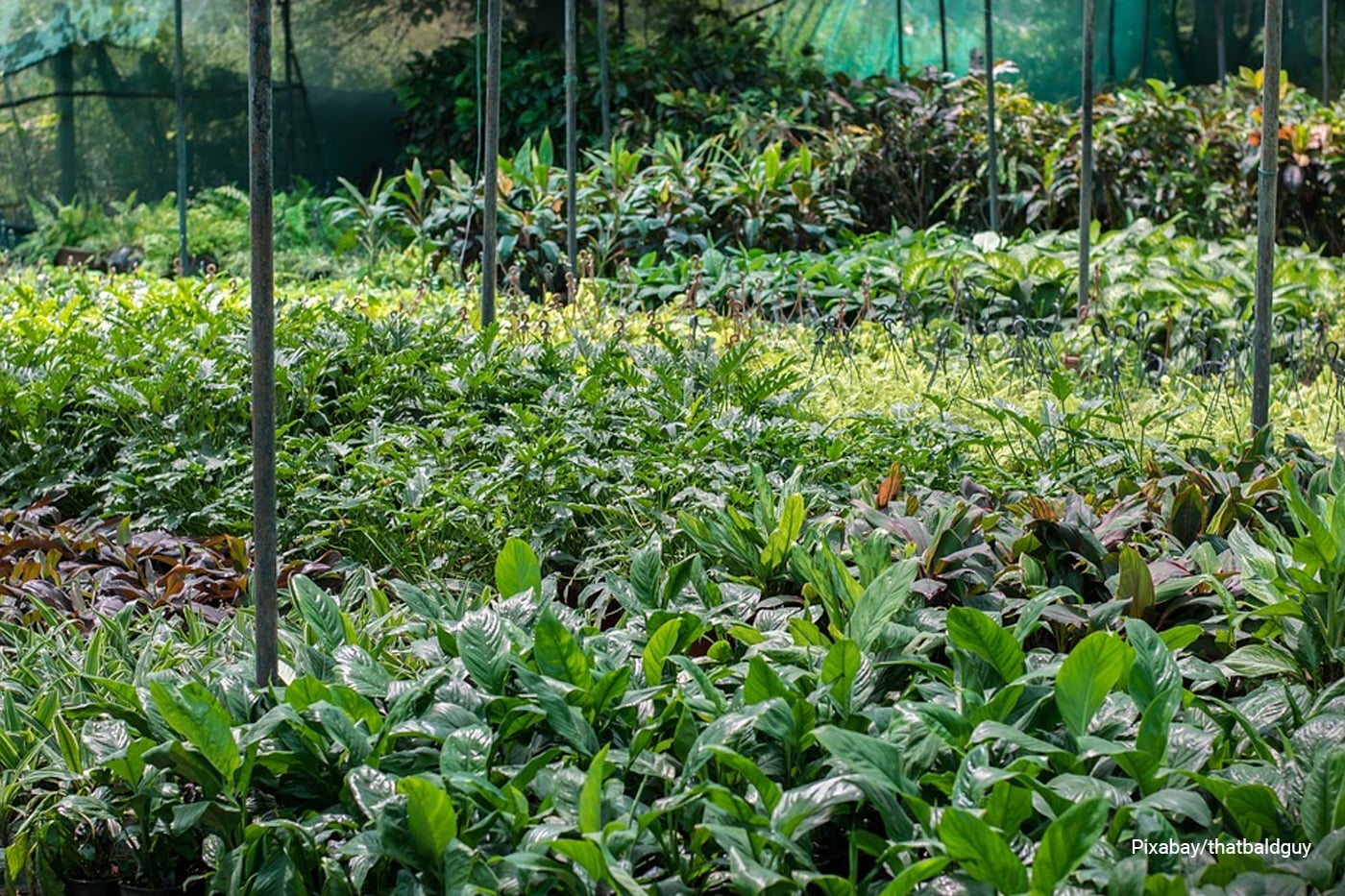AI-powered gardening utilizes smart technology to enhance plant care through tools such as AI-assisted watering systems and plant health monitors. These technologies gather data on soil moisture, plant health, and environmental conditions, enabling gardeners to optimize watering schedules and monitor plant wellbeing effectively. By combining traditional practices with AI, it transforms the way gardens are maintained, making them more efficient and sustainable, as highlighted by technologies like autonomous tractors and soil sensors used in agriculture.
Contents []
AI-Powered Solutions for Sustainable Gardening

After transforming several industries, artificial intelligence (AI) is currently having a significant impact on the horticultural sector. A variety of features on an AI-powered platform offer unmatched insights about the health, growth, and maintenance needs of plants.
Using sustainable gardening techniques is essential for the wellbeing of the earth. Artificial intelligence (AI)-powered solutions are intended to encourage water-efficient, chemical-free gardening methods that optimize plant health. Gardeners may make well-informed decisions that benefit their plants and the environment by using accurate, data-driven insights.
What are the benefits of using AI in agriculture?
AI in agriculture offers numerous benefits that enhance productivity, sustainability, and efficiency. Here are some key advantages:
- Precision Farming: AI can analyze data from various sources like soil sensors and weather forecasts to provide tailored recommendations for planting, fertilizing, and watering, leading to more efficient resource use.
- Enhanced Crop Monitoring: Through image recognition and drone technology, AI can monitor crop health in real-time, detecting issues like disease, pests, or nutrient deficiencies early on.
- Predictive Analytics: AI models can predict crop yields and potential challenges based on historical data, allowing farmers to make informed decisions about planting and resource allocation.
- Automated Irrigation: Smart irrigation systems use AI to optimize water usage based on real-time moisture levels, significantly reducing water waste and improving crop health.
- Labor Efficiency: AI-powered robots can perform tasks such as planting, weeding, and harvesting, reducing the need for manual labor and increasing operational efficiency.
- Sustainability: By optimizing resource use and minimizing waste and chemical applications, AI contributes to more sustainable farming practices, which can have a positive environmental impact.
- Market Analysis: AI can analyze market trends and consumer behavior, helping farmers make better decisions about what to produce and when to sell.
- Supply Chain Optimization: AI can improve logistics by forecasting demand and optimizing distribution routes, increasing the overall efficiency of the agricultural supply chain.
Using AI in agriculture and gardening not only reduces costs but also improves food security and promotes environmentally friendly practices.
How do smart watering systems work?

Smart watering systems use technology to optimize irrigation by automatically adjusting water delivery based on various factors. Here’s how they generally work:
- Sensors: Soil moisture sensors are placed in the ground to monitor the moisture levels in the soil. These sensors often provide real-time data to the system.
- Weather Data Integration: Many systems connect to local weather forecasts to adjust watering schedules. For instance, if rain is predicted, the system may delay or skip watering.
- Scheduling: Users can set specific watering schedules through a smartphone app or web interface. The system can adjust these schedules based on data from sensors and weather forecasts.
- Smart Controllers: Central to the system, smart controllers process information from sensors and weather data, automating the watering process. They can adapt in real-time to changing conditions.
- Irrigation Techniques: Smart systems often incorporate advanced techniques like drip irrigation or soaker hoses, which deliver water directly to the plant roots, reducing water waste.
- Remote Access: Many smart watering systems can be controlled remotely via mobile apps, allowing users to monitor and adjust their watering practices from anywhere.
- Data Analytics: Some systems include analytics features, enabling users to track water usage and plant performance over time, leading to more informed gardening decisions.
Overall, smart watering systems promote efficient water use, reduce water waste, and help maintain healthy plants by providing the right amount of water at the right time.
What features should you look for in a plant health monitor?
When selecting a plant health monitor, consider these key features to ensure you choose one that’s effective for your gardening needs:
- Sensors: Look for monitors with multiple sensors that can measure soil moisture, temperature, light intensity, and humidity. This comprehensive data helps assess plant health more accurately.
- Mobile App Compatibility: A user-friendly app can help you monitor data remotely, send alerts, and provide personalized care recommendations based on the information collected.
- Data Analytics: Some monitors offer advanced data analytics, allowing you to track trends over time. This can help with long-term planning and understanding how different environmental factors affect your plants.
- Connectivity: Options for Wi-Fi or Bluetooth connectivity enable real-time updates and remote monitoring. This feature is valuable for those who travel or have busy schedules.
- Alerts and Notifications: A good health monitor should notify you of critical conditions, such as low moisture or excessive light, so you can take timely action to prevent plant stress.
- Battery Life or Power Source: Consider the power options—some devices are solar-powered, while others require regular charging or battery replacements.
- Calibration and Customization: Look for devices that allow you to calibrate sensor readings based on specific plant types or growing conditions, making them more tailored to your garden.
- Size and Design: Choose a monitor that fits your garden space and aesthetic preferences. Some models are discreet, while others may be bulkier.
- Durability: Make sure the device is weather-resistant if it will be used outdoors. This can extend the life of the monitor and reduce maintenance.
- Price and Warranty: Finally, consider your budget and any warranty or customer support options available. Investing in a quality product can save money in the long run.
By focusing on these features, you can find a plant health monitor that meets your specific gardening needs, helping you maintain a thriving garden.



